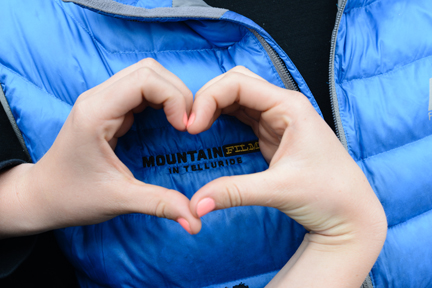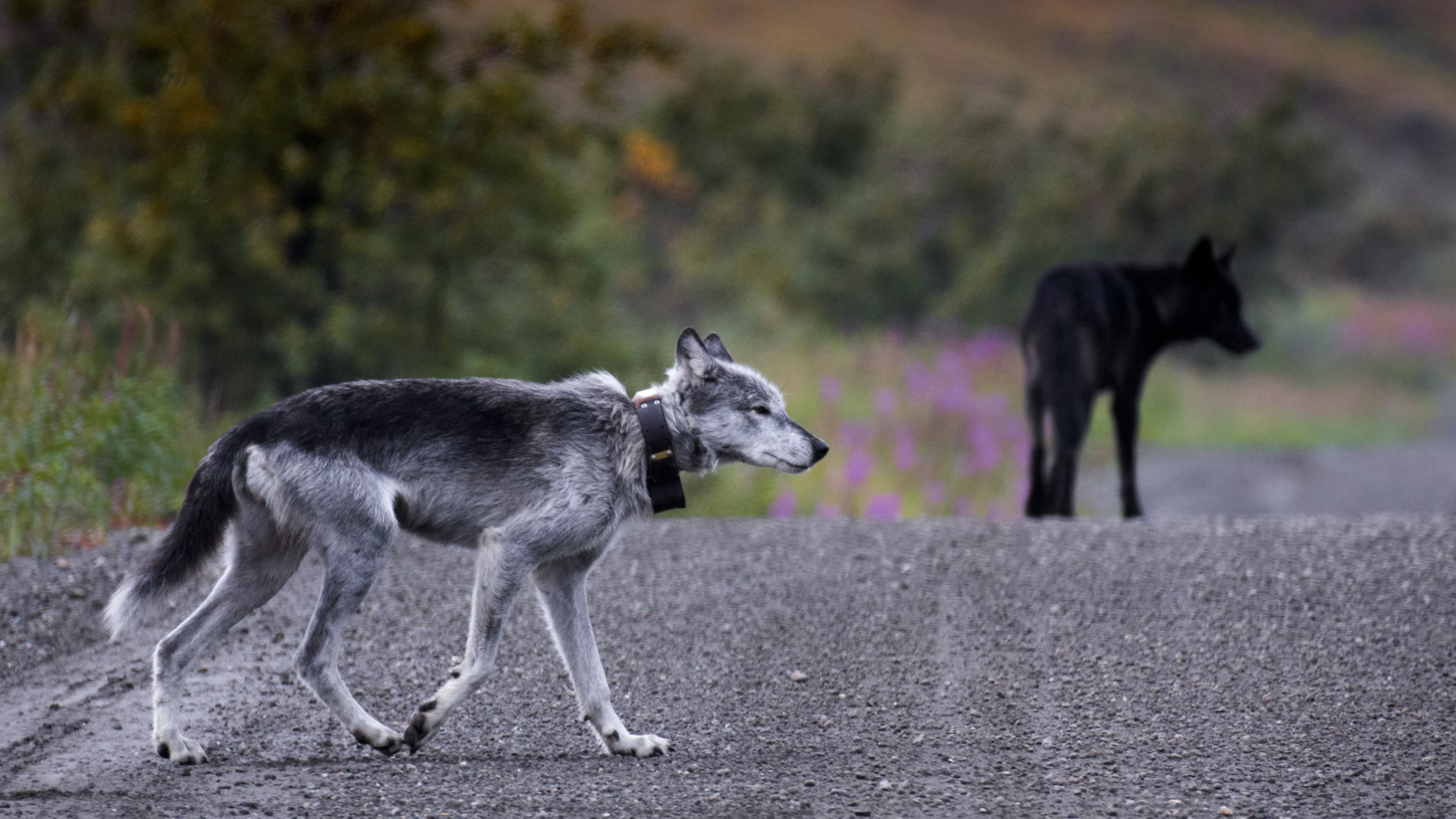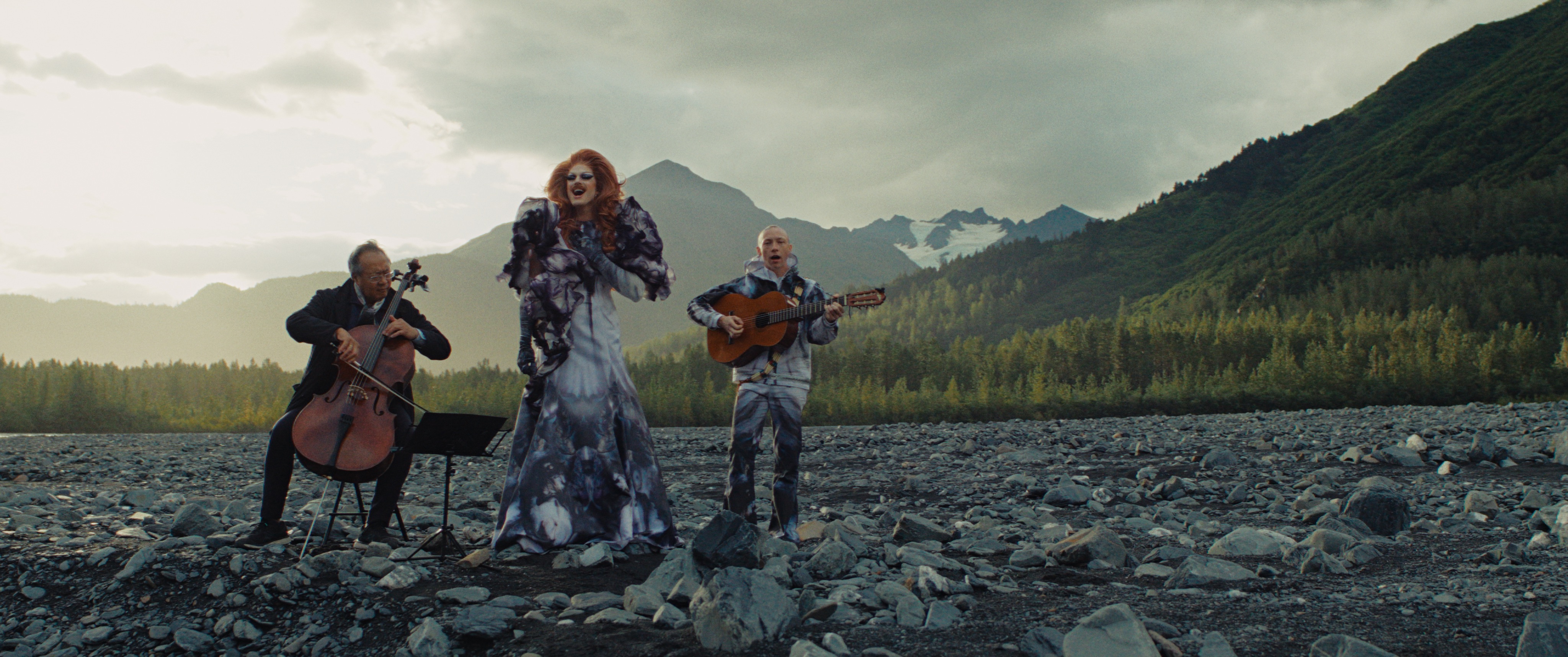
How We Increased Gross Festival Happiness
Behind the scenes, we’re always looking for ways to make the festival better. Like sausage and laws, however, we hope you never have to experience how a successful festival is truly made. But the process is less messy than a sausage factory or the floor of Congress — at least most of the time.
In 2013, we identified a happiness obstacle: getting turned away from theaters. Hundreds of passholders got shut out of the opening night screening of High & Hallowed at the Sheridan Opera House, and the buzz on the street at the start of Mountainfilm 2013 centered around how hard it was to get a seat in a theater. We keep theater turn-away numbers that go back nearly a decade, and while we hit a record high of 1,278 turn-aways in 2010, they were still unacceptable in 2013 at 723.
We also keep track of what we call “butts in seats”: the number of people who, at any given time, are in a theater watching a program. As recently as the late aughts, that number was dismayingly low. From 2005 through 2009, butts in seats hovered just under 50 percent of capacity. And yet turn-away numbers were still not low enough.
What a paradox.
After the 2013 festival, we started strategizing. The first problem is geography. Our two largest venues — the Palm and High Camp — are the farthest venues from Telluride’s downtown. Traveling 15 to 30 minutes to risk potentially getting shut out of a theater was deterring people from hitting those big theaters.
We tried to solve that problem by showing the films we hoped would have the largest draw at the largest venues. And we staggered start times, so if people got shut out of a small theater, they could still make it to one of the larger ones. We also kept lots of program space open for TBA screenings of popular films.
But we still had to come up with more solutions:
Idea #1: The Fitzroy Pass
To entice people to the largest theaters, we added a pass that allows entrance to only the two biggest theaters for far less money than other festival passes.
Idea #1b: Pass limits
We set limits for sales of the Wilson, Sunshine and 6-Pack. Limiting those passes means fewer people have access to the smaller theaters.
Idea #2: Create a smartphone app
Our smartphone app uses a simple system of red, yellow and green lights to communicate the real-time likelihood of getting in at each theater.
Idea #3: Stagger the program start times even more
We used to start all theater programs within 30 minutes of each other, sometimes even less. By spreading the start times by as much as an hour, and letting some screenings overlap with other events, we eased the bottlenecking factor that hit us in 2013.
Idea #3b: Give more program options during busy times
At certain times of the day, more people want to be inside theaters, so we added new programs and events during those times, such as Booze & Banter. Turns out these programs are so popular that we will keep expanding and offering more.
Idea #4: Increase communication
We moved Hospitality to a more central location, created a new communications department, added queue buskers to entertain theater lines and changed our system to communicate with emcees. (It’s a new thing called SMS; you might want to check it out.)
So with all these shiny and bright new ideas, what happened? We’re proud to announce that we increased the number of butts in seats by a huge margin in 2014, more than double any previous increase. We also reduced the turn-away numbers to fewer than half of the previous year. Meanwhile, pass sales increased dramatically. Success all around!
Audience capacity still hovers near 65%, which tells us there’s still room for more people, perhaps in the form of more Fitzroys and other affordable pass options for early-bird or late-night screenings.
No matter what, we’re trying to create a seamless, happy festival experience every year. And we’re doing our homework to make it happen.


